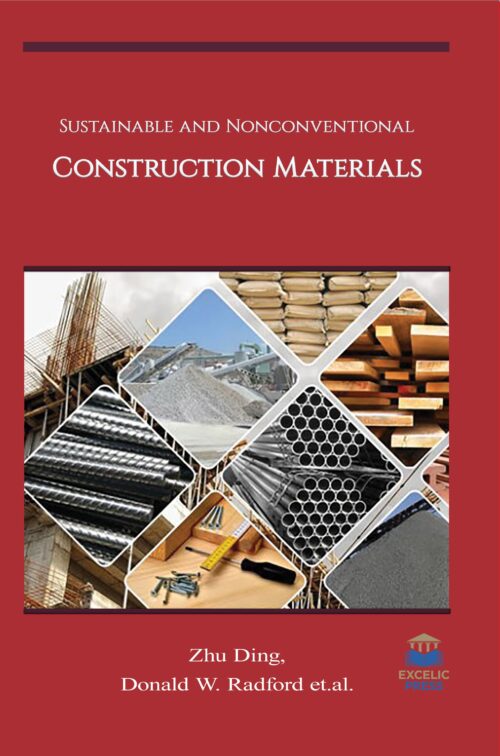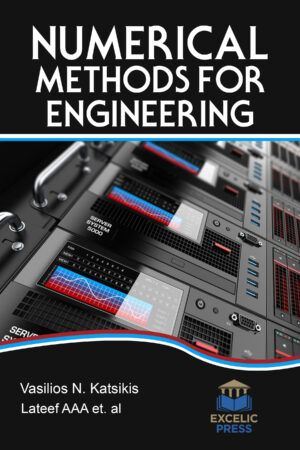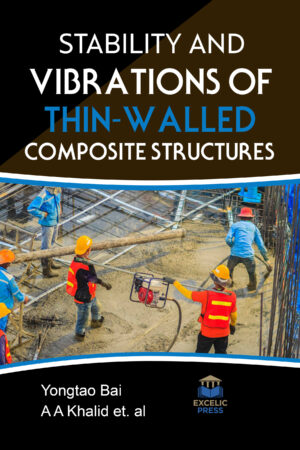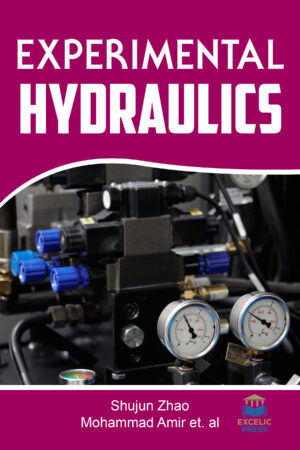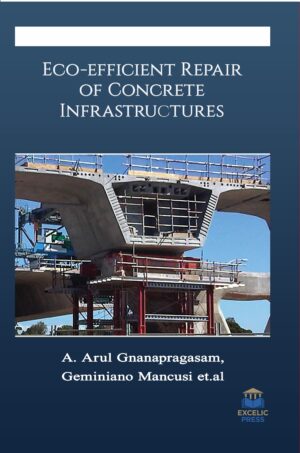Description
Inorganic bonded fiber composites consist of building materials such as wood-cement board or wood-gypsum board. The materials contain a wood fiber or particle element that is bonded within an inorganic mineral matrix. Aged wood waste frequently signifies better than virgin wood in this application. Degradation of wood fiber’s hemicellulose improves wood-cement bonding strength. These weather and fire-resistant products are produced for sub-flooring panelboard, roofing shakes or shingles, tiles, siding, fencing, cladding, or building blocks. Over the last years promising cement bonded wood composites for structural purposes have evolved. Durability, toughness, high dimensional stability, resistance against environmental influences such as biodegradation or weathering but also availability of the raw material as well as economic factors are features which can make cement-bonded composites superior to conventionally bonded composites. Many composites have evolved in the last decades, e.g. cement-bonded wood wool boards, cement- bonded particleboards, and fiber-reinforced cement boards. These CBCs are used for thermal as well as acoustic insulation purposes and consist of particles of different sizes (strands, flakes, chips, fibers).
Sustainable and Nonconventional Construction Materials using Inorganic Bonded Fiber Composites gives a comprehensive review of the innovative research concerned with building components based on inorganic bonded composites. It looks at both natural fibers as reinforcing elements and substitute inorganic binders based on agricultural and industrial wastes. This book reviews the relationship of diverse parameters, including density and particle size on mechanical and physical properties of cement bonded composites. It also focuses on the significance and functions of fibrous composites as construction materials and components.
Covering the significance and characterization of non-conventional cementitious composites, this book will be of immense helpful to students, researchers and engineers interested in research, development, and innovation on inorganic bonded fiber composites.

